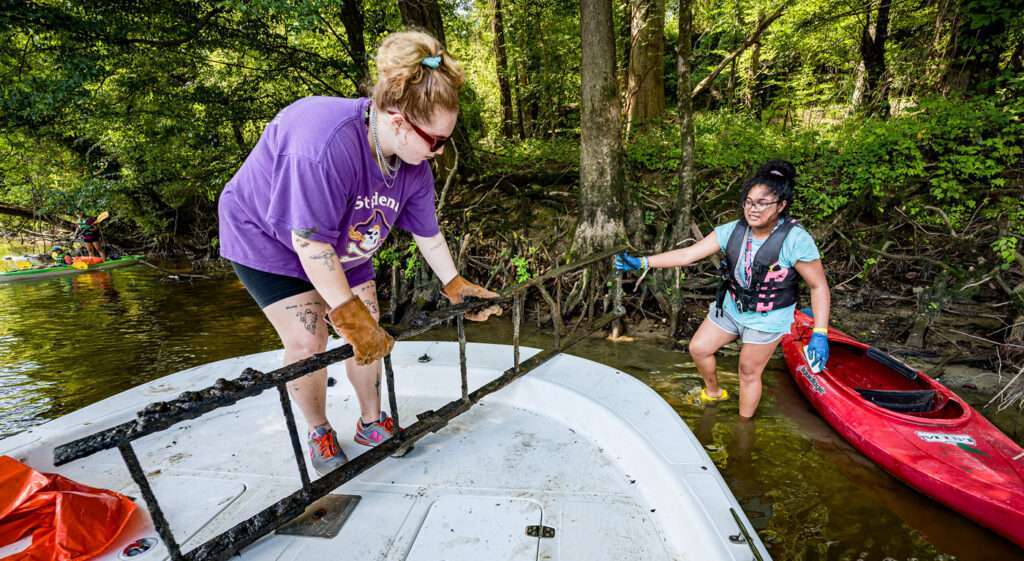Kayaking is a great way to get out on the water and enjoy the scenery while you paddle. Buy kayaks are expensive. Since we are all battling with a deadly pandemic, most of us lack the budget. But just because, you don’t have the budget that does not mean that you should stop enjoying kayaking. You can always find used kayaks. These second hand kayaks are mostly available for cheap and if you are lucky, you might be able to find a used kayak which is in good shape. However, there are some factors that you need to carefully consider while trying to shop for a used kayak and we have outlined those factors here in this article –
Weight & Stability Of A Used Kayak
The first thing you should look at is the weight and stability of the used kayak. If it’s too heavy for one person to carry, or if it rocks from side-to-side when in use, then it may not be a good option for paddling. Stability depends on what type of kayak you’re looking at; sit-on-tops are typically more stable than traditional ones because they have less surface area that can catch wind and waves. A lightweight inflatable model might also work well depending on your needs.
Storage Condition
Storage conditions of the used kayak is also an important factor to consider. If the used kayak has been left outside and is faded or there’s rust on it, then you should think twice about buying it as these are signs of neglect that will only get worse over time causing more problems for you later.
- A bright yellow boat might be a good choice if storage space is limited because they don’t fade in sunlight.
- Plastic is less susceptible to corrosion, compared to metal, than other materials like fiberglass or aluminum which can deteriorate from prolonged exposure to salt water. This is the reason why some people prefer using plastic kayaks.
- Wood is also not prone to corrosion through contact with seawater but does require periodic cleaning due to moisture damage caused by humidity.
Seals Or Sensitive Areas
Check the seals and other sensitive areas of the used kayaks to make sure they are not worn out. Check the area around where the seat meets the kayak to see if any sand or grit has penetrated there.
The seals on a used boat should be in good condition, and not cracked or brittle. They may need to be replaced as they age!
You’ll want to check for corrosion at rivets and screws near water areas too. Exposure to saltwater cause deterioration of metal over time and thus making it unsafe for use.
Storage Capacity
Storage capacity of the used kayak should be checked, too. The kayak should have enough space for you and your gear. You want to make sure that it is large enough so as not to limit your ability to take longer trips if desired. Nobody wants to coup up in a small space for hours.
Some kayaks are used primarily on lakes with a lot of shoreline, while others might only use them in a narrow river channel which would call for more stability than length. So, assess your requirements are first and then zero in on the kayak type.
Stern Condition
The condition of the stern should be taken into consideration while purchasing a used kayak. If the stern is not in good condition, it may be difficult to get back on after capsizing or taking a tumble. It should also have some sort of skeg for tracking purposes – if this isn’t there, then you might have to purchase one.
The kayak’s cockpit (or “hole”) needs to fit snugly around their entire body without any slippage so they can maneuver easily with proper form. The seat must offer enough support during prolonged paddling sessions.

